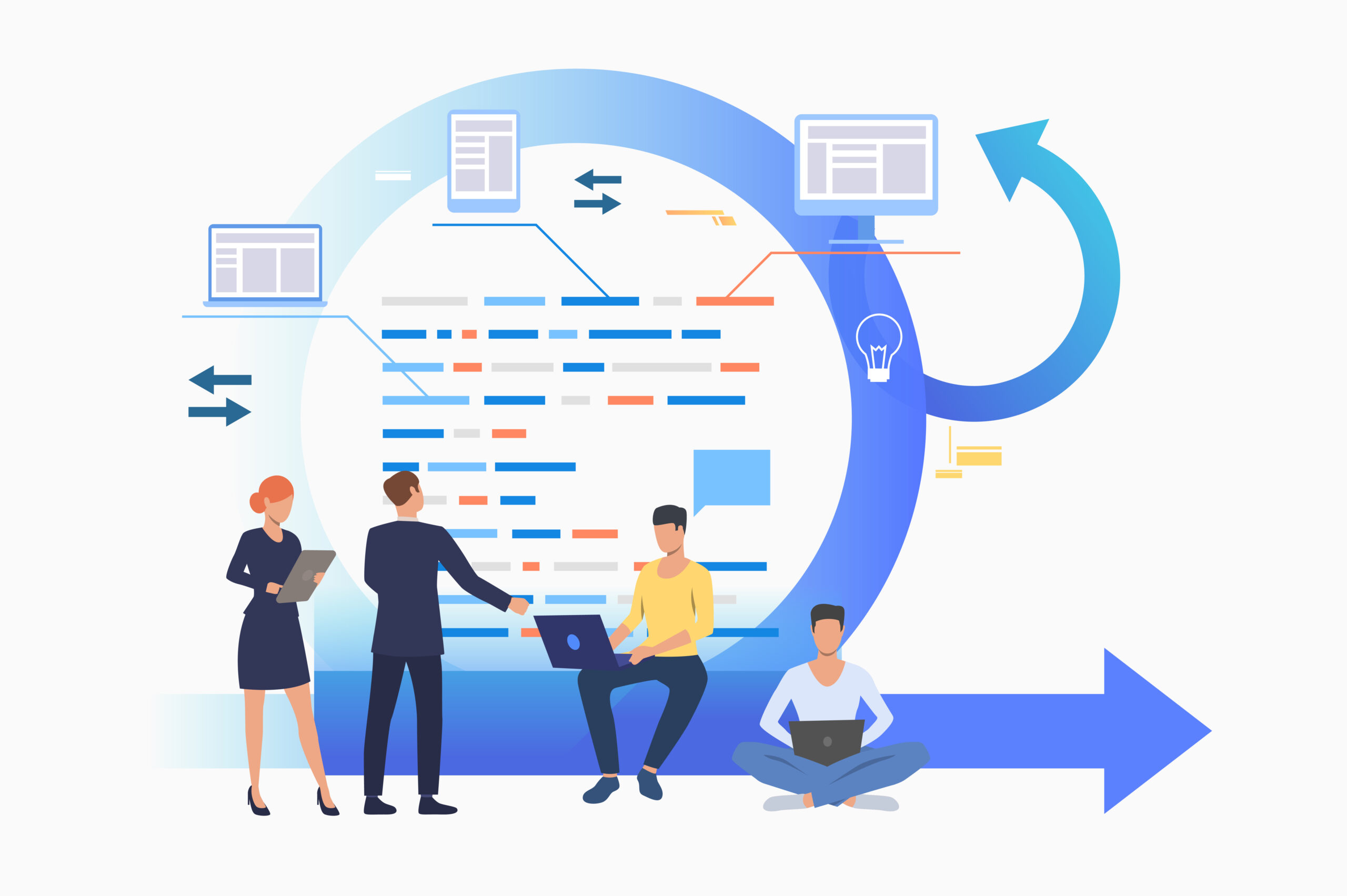The Business Agility Index is used in TeamMeter to measure the agile maturity of teams and organizations.
It indicates the capability of the organization to deal with complexity, uncertainty and volatility in a cost-effective way.
The agile culture
The Business Agility model measure the adoption of agile practices in your organization, which is also called agile culture. It contains the values, behaviors and professional practices common to the personnel of the organization. An agile culture is based on the values and principles of the Agile Manifesto which were laid down in 2001. Originally applied to Software Development, the values and principles of the agile culture are now applied in every business which is dealing with complexity and volatility.
Measure the Maturity of a group
Our maturity model is based on the work from the Sociologist George Caspar Homans who studied social relationships in The Human Group (1951) .

In Homans’ model, each group acts in its own organizational and economic context. The group will begin to establish behaviors and norms that will enable it to adapt to this context. The team has reached maturity when all required behaviors and standards are applied. The team then becomes productive and satisfaction high.
Measuring the agile maturity of an organization therefore means identifying the standards, behaviors and experiences required in this context and evaluating their progress.
As this context of an organization evolves, the model must also be continuously adapted. This is why organizational learning is permanent!
The four dimensions of Agile Culture
Agile behaviors and norms can be grouped into four broad areas:
Collaboration
An Agile organization needs teams made up of motivated individuals committed to results. Trust between individuals is essential to be able to manage conflicts. In his study Aristotle, Google has identified psychological safety as the number one criterion for team performance. This security is measured by the ability of people on a team to talk about troublesome issues. Without this security, issues not discussed as a team can lead to poor decisions and serious operational difficulties. The same principles of collaboration between individuals apply to functioning between teams. An agile organization needs teams pursuing the same goal and able to manage conflicts between them. Having functional teams, that is, teams capable of collaborating effectively, is a prerequisite for the other three principles.
The principles of the Agile Manifesto:
- Trust motivated people
Carry out projects with motivated people. Provide them with the environment and support they need and trust them to achieve the goals set. - Communicating Directly Face-to-Face
The easiest and most effective method of conveying information to and within the development team is through face-to-face dialogue.
Self-Organization
Only employees in direct contact with customer problems have the keys to finding the right solutions. These people therefore need autonomy, which is expressed by a great freedom of decision. A self-organized team defines its operating rules and manages its own skills to best solve customer problems. The Scrum Framework uses the term Self-Management to refer to the added freedom to decide what needs to be done. Applied to the company, self-organization is expressed by a holocratic management, where the decision-making mechanisms are distributed in the organization. Self-organization can be applied not only in teams but in the whole organization as described on this article.
The principles of the Agile Manifesto:
- Foster Autonomy
The best architectures, specifications, and designs emerge from self-organizing teams.
Value Generation
An agile organization is oriented towards the added value created and not the production of results. They seek to optimize the value chain by eliminating superfluous tasks. It takes into account the creation of value for the customers, the company and the employees and all the actors around the company. The principles of the Agile Manifesto:
- Deliver quickly
Our highest priority is to satisfy the customer by quickly and regularly delivering features with high added value. - Collaborate with users
Users or their representatives and developers must work together daily throughout the project. - Watching over quality
Continuous attention to technical excellence and good design. - Keep it simple
Simplicity – the art of minimizing the amount of unnecessary work – is key.
Adaptability
An agile organization is able to maintain a flow of value creation that constantly adapts and improves. It sets up the tools to follow the flow and to resolve blocking points. Finally, she seeks to learn constantly and considers mistakes as opportunities for improvement. Many teams can participate in the value creation stream, which is why it is important to look at the adaptability of the whole organization. The principles of the Agile Manifesto:
- Accept changes
Welcome changes in needs positively, even late in the project. Agile processes harness change to give the customer a competitive advantage. - Deliver frequently
Deliver functional software frequently, in cycles of a few weeks to a few months, with a preference for the shortest. - Measuring Progress
Working software is the primary measure of project progress. - Maintain a constant and sustainable
pace Agile processes encourage a sustainable pace of development. Together, sponsors, developers, and users should be able to maintain a steady pace indefinitely. - Continuously improve
At regular intervals, the team reflects on possible ways to become more effective. Then it adapts and modifies its operation accordingly.
Conclusion
The Business Agility Index is an indicator of agile practices in the company. Initiated by the Agile Manifesto in 2001, these practices have been improved and are now a standard in all companies operating in a complex environment. Specific to each organization, the Business Agility Index serves above all as a basis for reflection to improve its practices and best solve customer problems. In the following articles, you can learn how to measure the Business Agility with TeamMeter.

